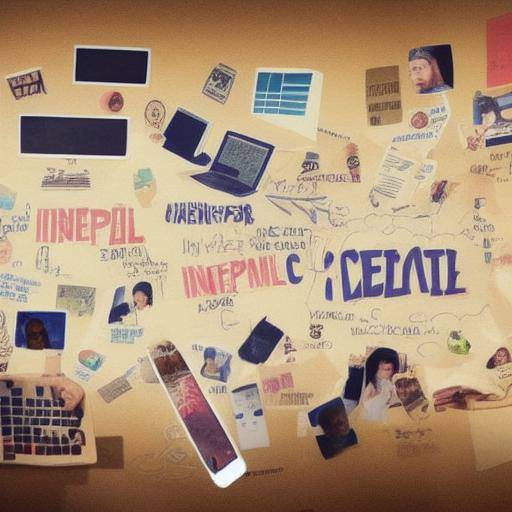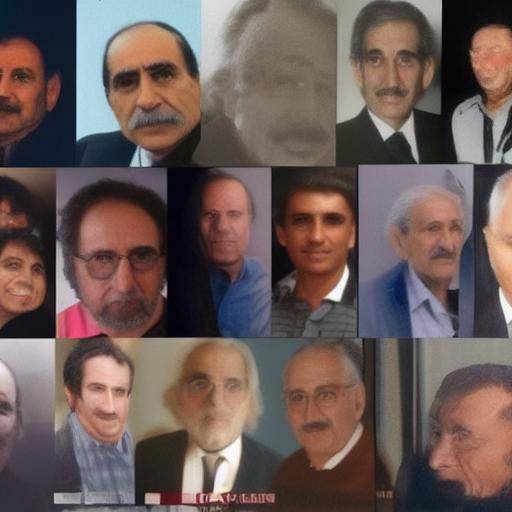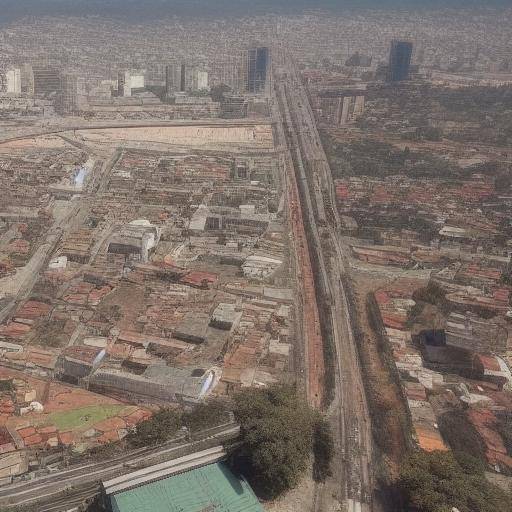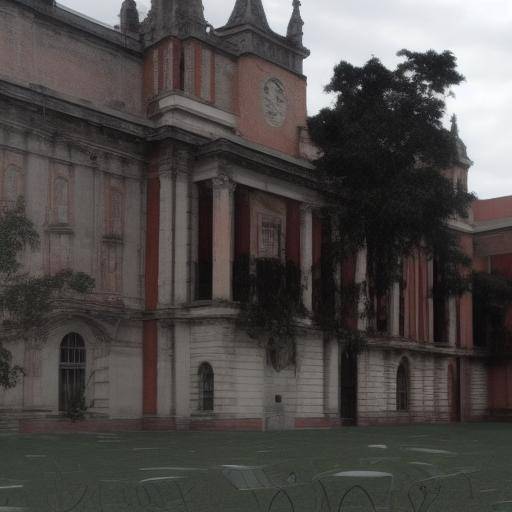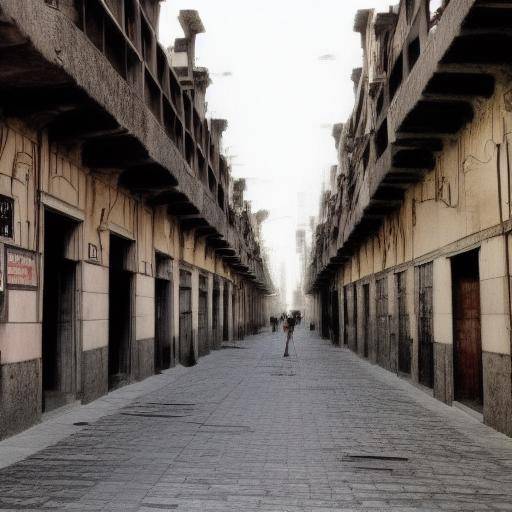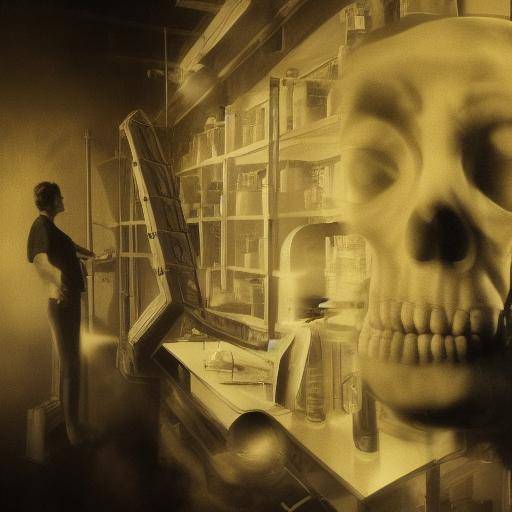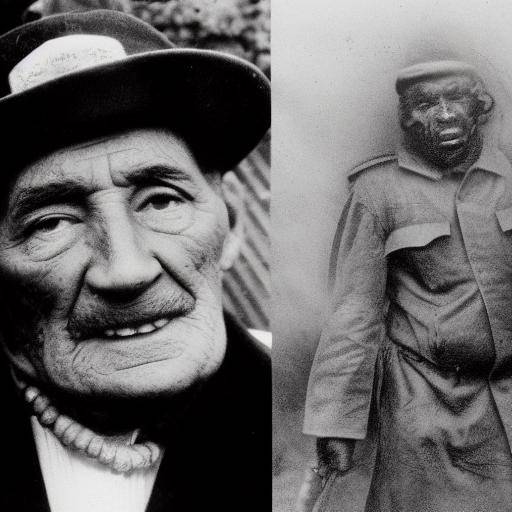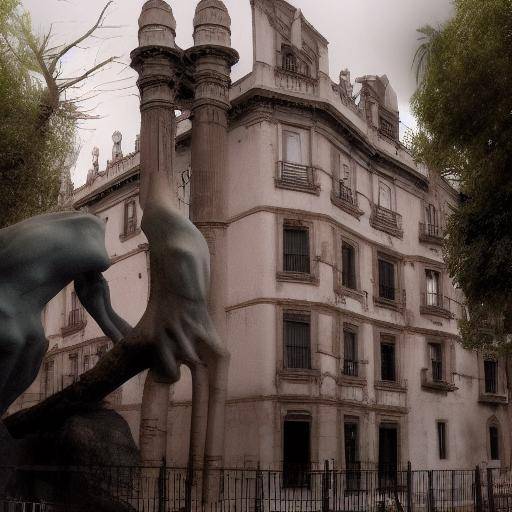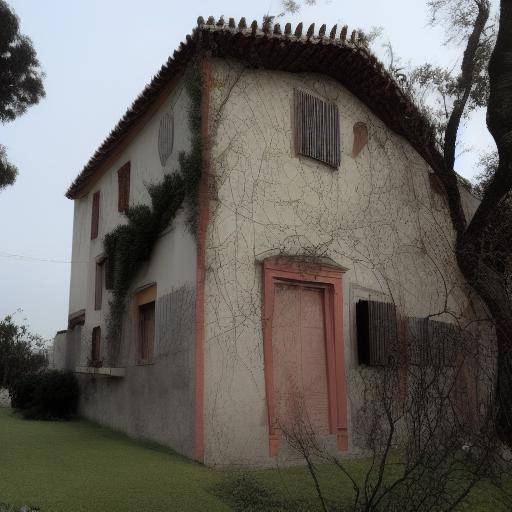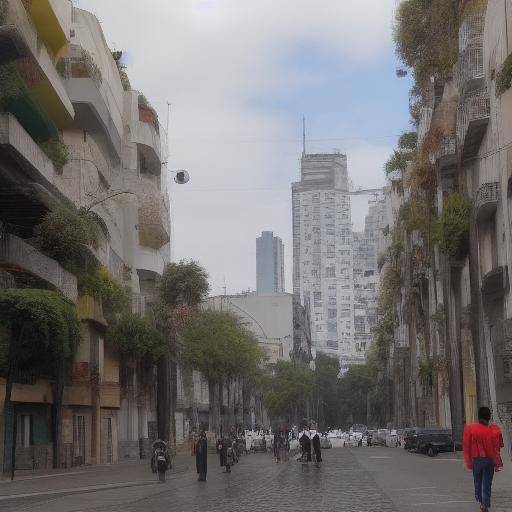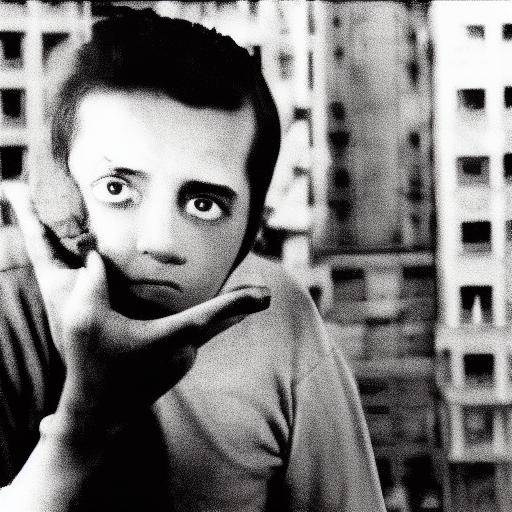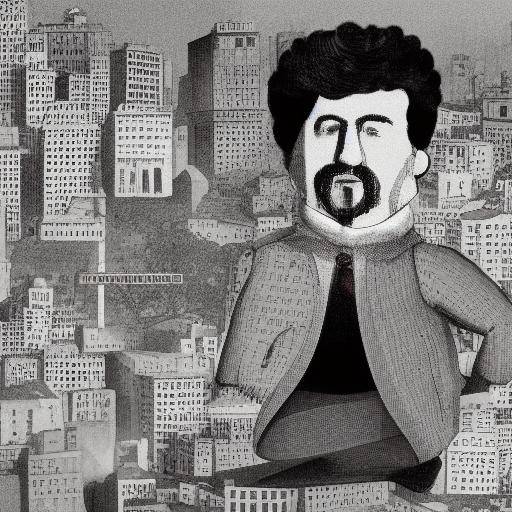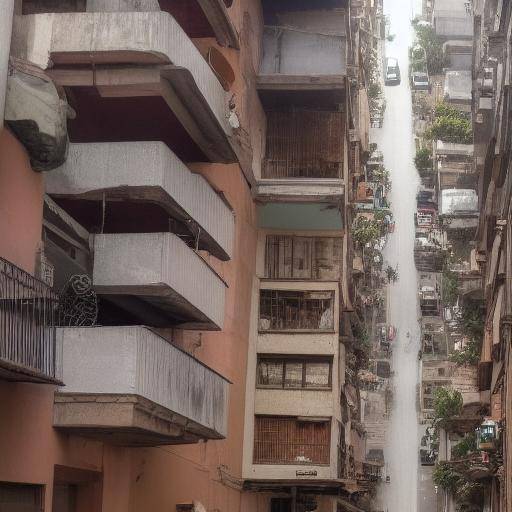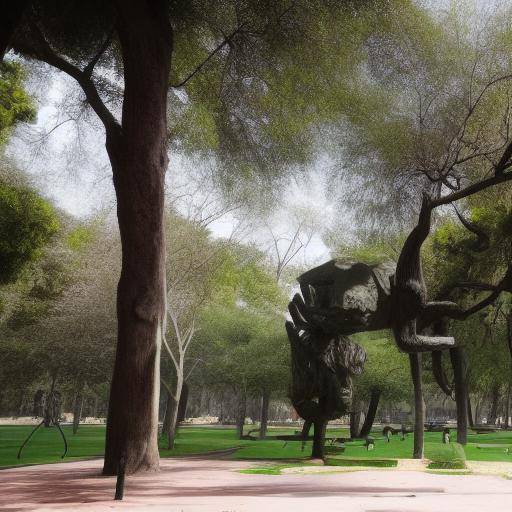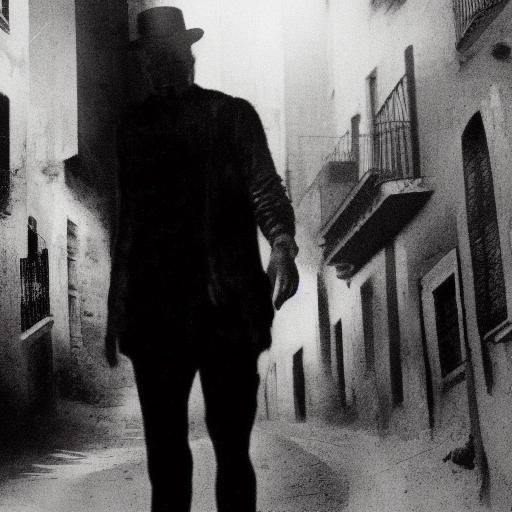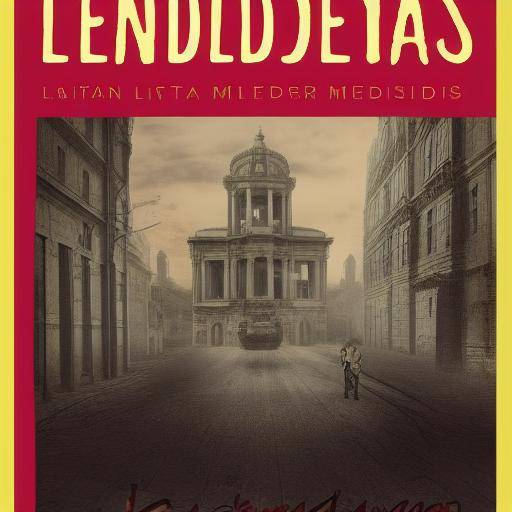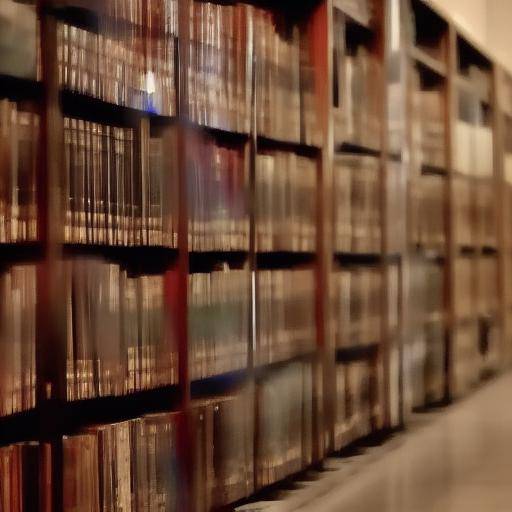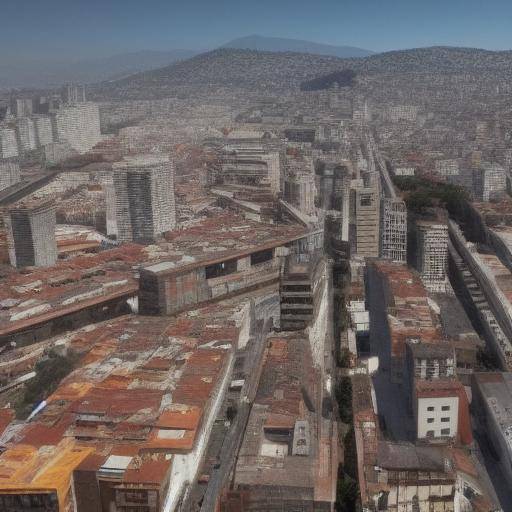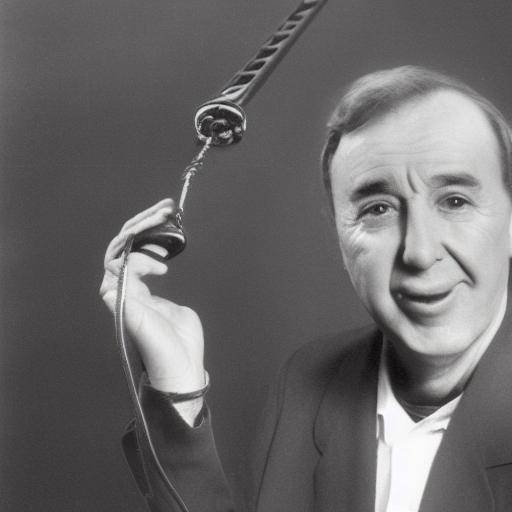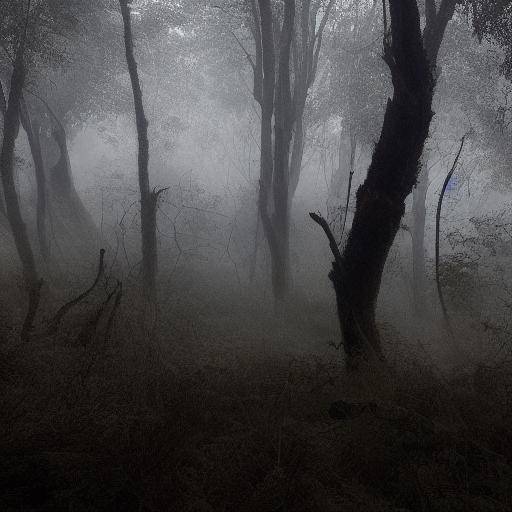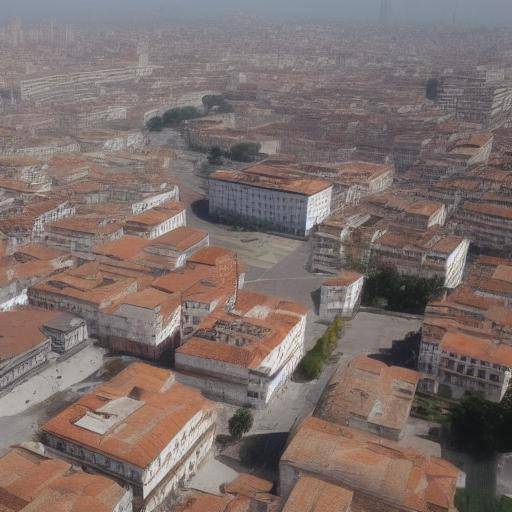
In modern society, schools have been the scene of numerous urban legends, some terrifying, other mysterious and some simply curious. These stories, transmitted from mouth to mouth, have captured the imagination of students, teachers and parents alike. In this article, we will explore the most fascinating urban legends related to schools, unraveling their origins, analyzing their impact on popular culture and demystifying the myths surrounding them.
In addition, we will examine the curiosities and historical facts that have contributed to the creation of these urban legends, offering a unique vision of the intersection between reality and fantasy in the school environment.
Urban legends: myths and mysteries in the school environment
Urban legends, those fictional stories that circulate as true, have existed for generations and have become an integral part of popular culture. In the context of schools, these legends have gained their own lives, acquiring new variants and adapting to the educational environments in which they spread. From ghosts in the corridors to cursed objects, urban legends about schools evoke a mixture of fear, awe and fascination. Then we will explore some of the most notorious stories that have transcended the walls of educational institutions.
The Story of the Ghost of the Hall 13
One of the most entrenched urban legends in the school culture is that of the spectre of living room 13. It is said that a student, who died tragically in an accident in that living room, still wanders through the corridors in search of revenge. Although the evidence is scarce, many claim to have heard their laments during the night, while others swear to have seen their ethereal figure in the dark corners of the living room.
The mystery of the mirror room
Another popular legend is that of the mirror room, where it is said that the mirrors are covered to hide a terrifying event that took place decades ago. The story argues that a series of strange events, including inexplicable appearances and distorted reflections, forced the school to close the room. Despite the authorities ' attempts to deny history, the mirror room remains an intrigue for students and a recurring theme in the urban legend talks.
The underground tunnels
A legend that has captivated generations relates to the existence of secret underground tunnels that connect the school with unknown places. It is said that these tunnels were used during wars or epidemics, and that they conceal dark secrets. Although most schools detract from the existence of such tunnels, the idea of a secret underground world has enlivened the imagination of many.
The truth behind the legends
While these ghost stories, banned rooms and secret tunnels may seem convincing, the reality behind urban legends is usually less exciting. In many cases, legends originate from misunderstandings, bad interpretations or simply as a way of bringing some emotion to everyday life. The school environment, with its daily routines and often oppressive atmosphere, provides the perfect setting for the creation of myths and rumors.
In addition, urban legends can have a psychological purpose, serving as a way to process the fear, anxiety or discomfort that students often experience in an unknown environment. Instead of simply being stories to scare, these stories can work as mechanisms to explore collective fears and find meaning in an unpredictable world.
Historical Curiosities and Historical Facts and Curiosities about Schools
Origins of formal education
Schools, as institutions of formal education, have their roots in antiquity, with evidence of formal educational systems that go back to Mesopotamian, Egyptian and Greek civilizations. In those ancient times, education was primarily reserved for the elite, with an approach to academic training, politics and citizenship.
With the advent of printing and the expansion of written culture during the modern era, education began to spread among the middle layers of society, leading to the creation of accessible primary and secondary schools for a wider population.
Historical issues in education
The nineteenth century marked a significant turning point in the history of education, with the enactment of laws that established compulsory education in several countries. This led to the proliferation of public schools and universal access to primary education.
Throughout the twentieth century, the expansion of secondary and higher education made education a central pillar for the economic and social development of many nations. Educational reforms and movements for equal access to education transformed the global educational landscape.
Evolution of schools
Schools have experienced significant developments in terms of educational methods, pedagogy, technology and organizational structures. From traditional models focused on teaching to current trends towards project-based learning, technology integration and learning customization, schools have sought to adapt to the changing needs of students and society.
Anecdotes and historical cases
An iconic example of the history of education is the civil rights movement in the United States, which unleashed the breakdown of schools and laid the foundation for inclusion and diversity in the education system. Since the enactment of the Education for Persons with Disabilities Act to the implementation of multilingual education programmes, the history of education is marked by key moments that have shaped the way we design teaching and learning.
Current perspectives
Today, schools face new challenges and opportunities. Globalization, technology and changes in the workforce are transforming the way we conceived education. The growing importance of soft skills, the integration of artificial intelligence in teaching and the emergence of innovative approaches, such as personalized education and distance learning, are reshaping the educational landscape.
Contemporary statistics and trends
According to recent data, online education and distance learning have experienced a significant increase over the past decade, with millions of students participating in online courses and distance learning programs. In addition, the growing collaboration between industry and educational institutions is generating greater demand for technical and professional skills.
Short of educational equity
Despite progress, challenges remain in terms of educational equity and equal access to educational opportunities. Disparities based on socio-economic origin, gender, ethnicity and geography continue to be critical issues in the educational field.
Future of education
The future of schools is intrinsically linked to the ability to adapt to the changing demands of society and the global economy. The integration of technology, the flexibility of evaluation methods, the promotion of creativity and collaboration, and the promotion of digital literacy are a key element for future education.
Conclusions and FAQs
After exploring the most curious urban legends about schools and deepening the historical curiosities related to education, it is evident that the significant impact that schools have had on society over the centuries. From their humble beginnings in old societies to their evolution in the modern era, schools have been both a reflection and an engine of cultural, social and economic change.
The tales of urban legends offer a fascinating window to the intersection between reality and collective imagination, while the history and evolution of schools reflect their fundamental role in building knowledge, forming character and promoting human progress.
While urban legends can continue to capture the imagination of students and adults alike, it is essential to remember that schools, far from being only scenarios of myths and mysteries, are vitally important institutions that shape the future of societies. By knowing both urban legends and historical curiosities, we can appreciate more deeply the fundamental role that schools play in our daily lives.
Frequently asked questions
1. Do urban school legends have any real impact on students?
Urban legends about schools can influence the school environment and the perception of students about their educational environment. While most of these stories are simply fictions, they can generate a sense of mystery and camaraderie among students.
2. Are urban legends common about schools in different cultures?
Yes, urban legends about schools have cultural variations that reflect the particularities of each community. Folk elements and local history often influence the creation and dissemination of these stories.
3. What is the purpose of urban legends related to schools?
Urban legends about schools can serve as a way of processing collective fears, building social identities and exploring the emotional atmosphere of the school environment. Often, these stories have a playful purpose and entertainment.
4. How has the role of schools evolved throughout history?
Schools have become institutions reserved for the elite to places of universal access to education. Its evolution has been marked by changes in educational methods, expansion of educational coverage and adaptation to the demands of society.
5. What is the importance of understanding historical curiosities about education?
In understanding the historical evolution of education, we can appreciate how schools have contributed to the development of society and how they have faced changing challenges over time. This understanding can inform current and future approaches to education.
6. What emerging trends could influence the future of schools?
Trends such as virtual education, the integration of artificial intelligence into teaching, the personalization of learning, and an approach to the development of soft skills and educational equity are shaping the future of education.
In short, urban legends offer an intriguing view of school life, while the study of historical curiosities about education provides a valuable context for understanding the crucial role of schools in society. Although fictional stories can keep captivating the imagination, the reality of schools as teaching, learning and personal growth centers is equally worthy of our attention and appreciation.

























